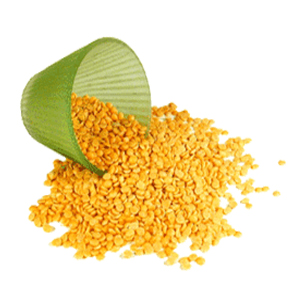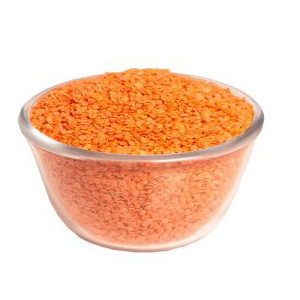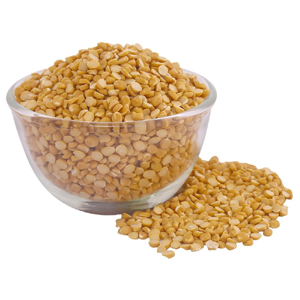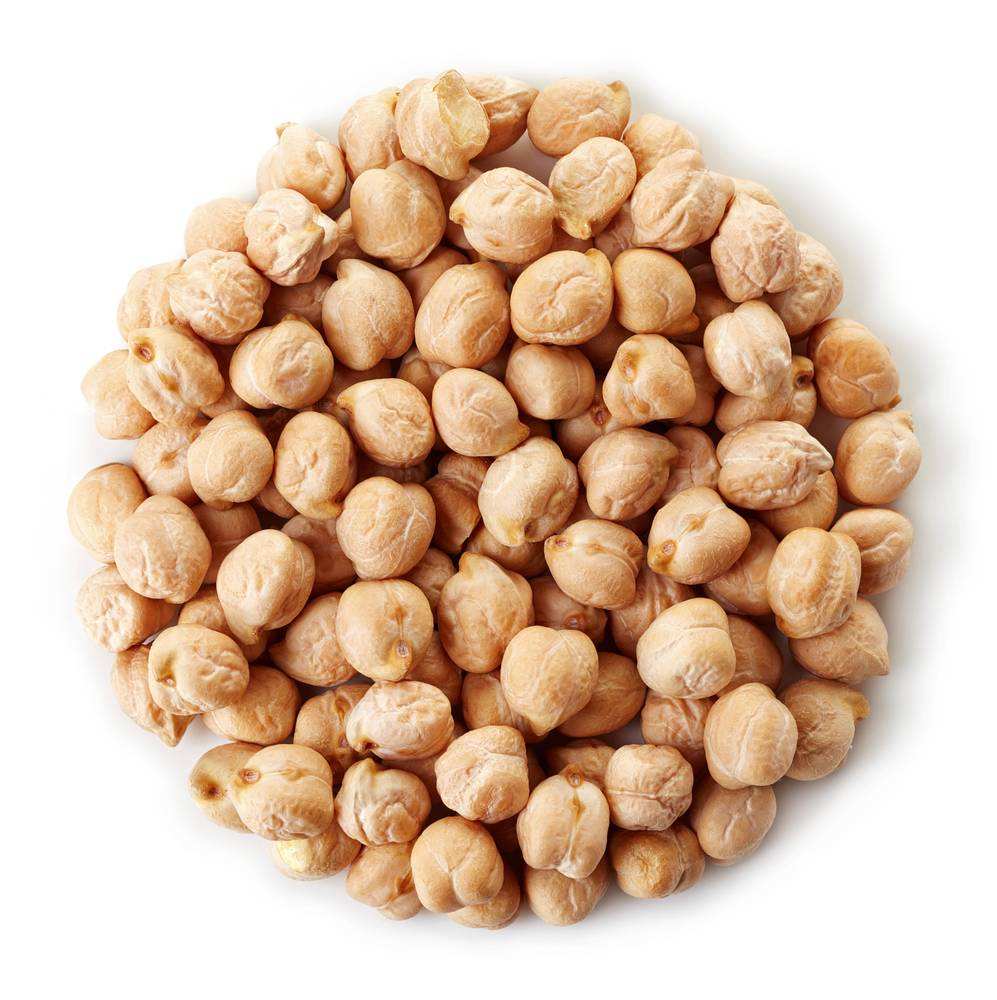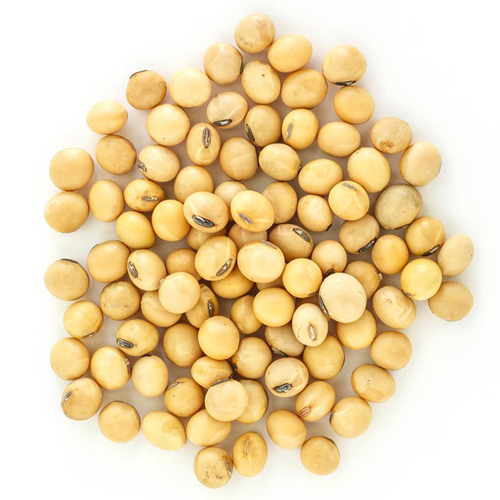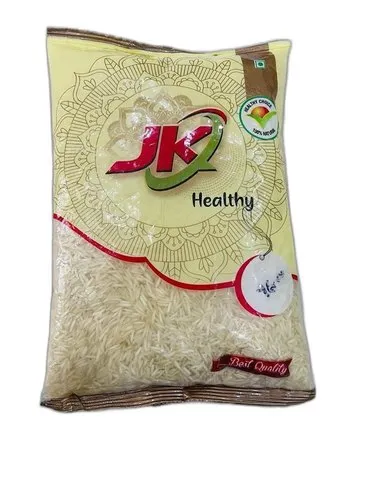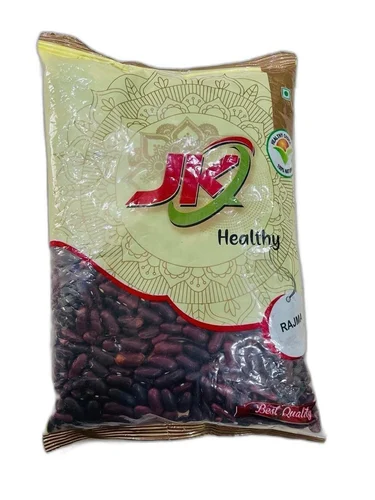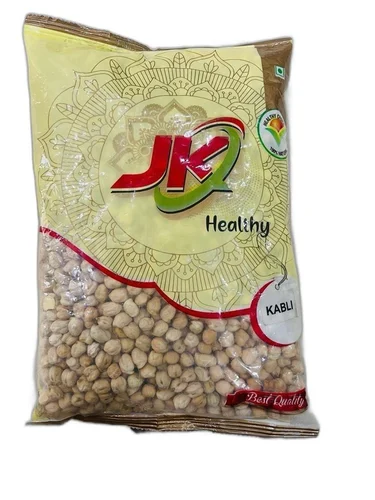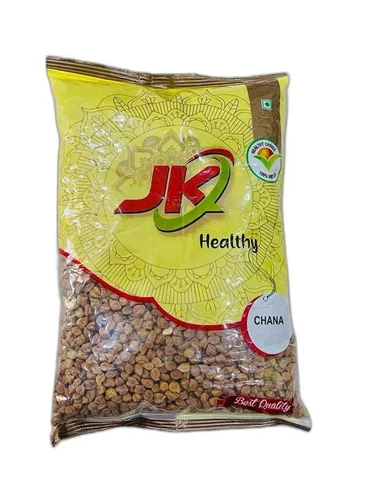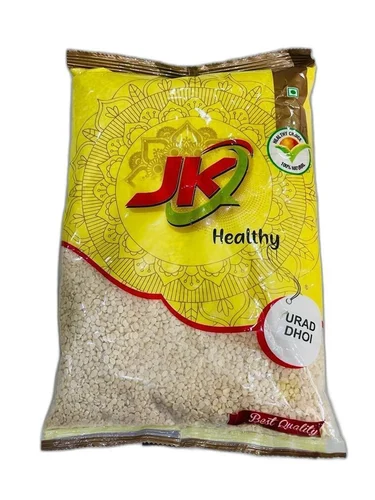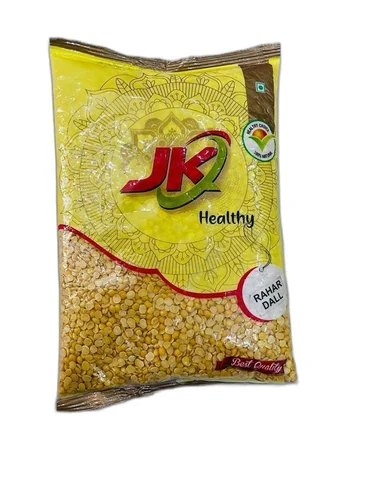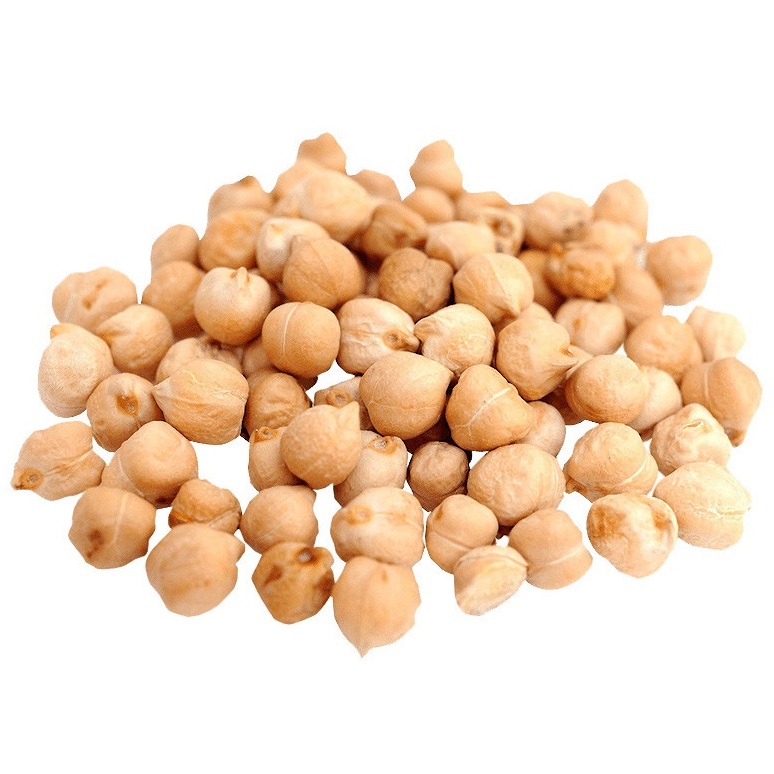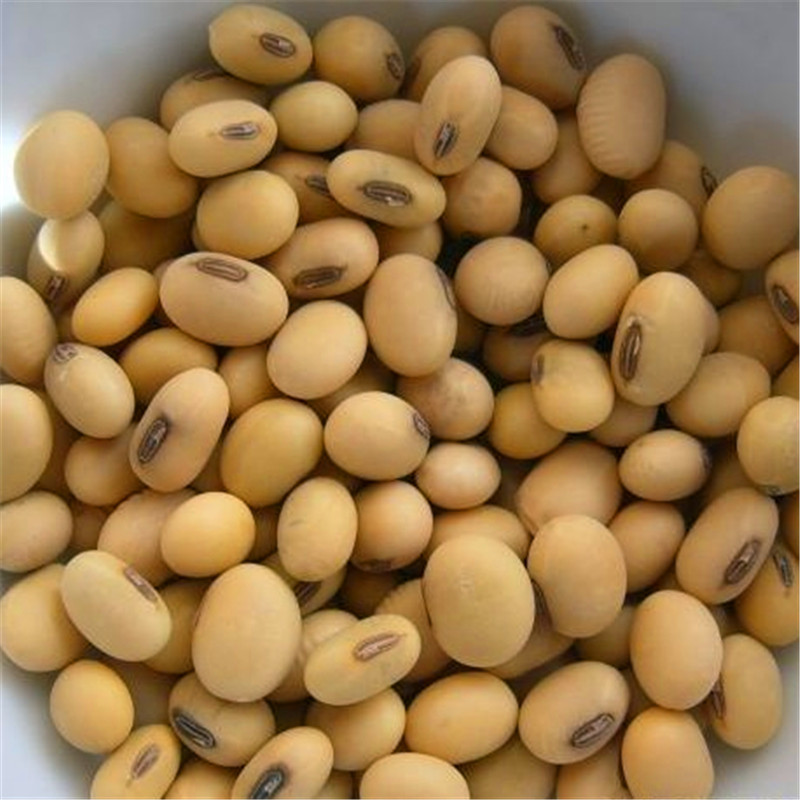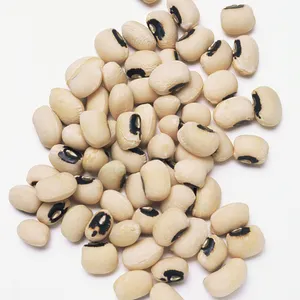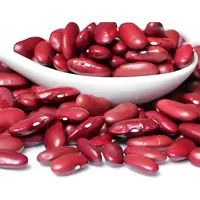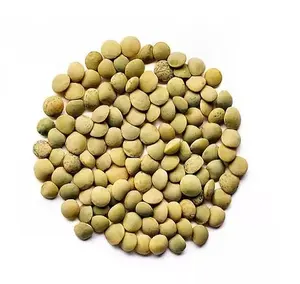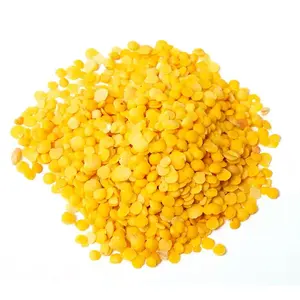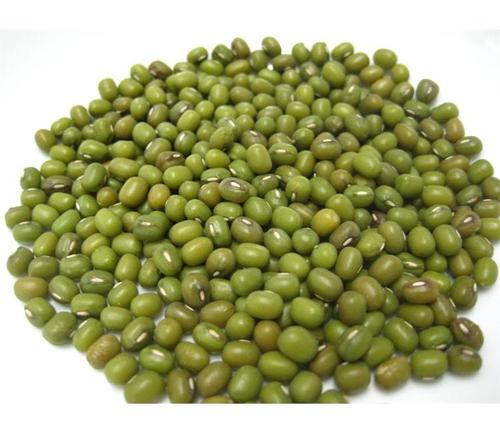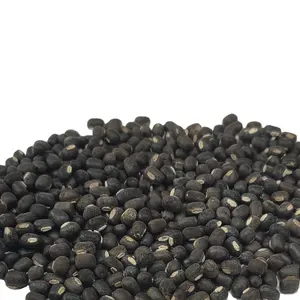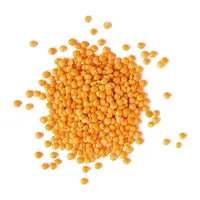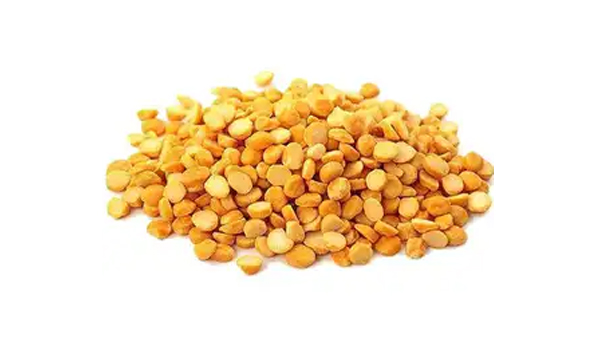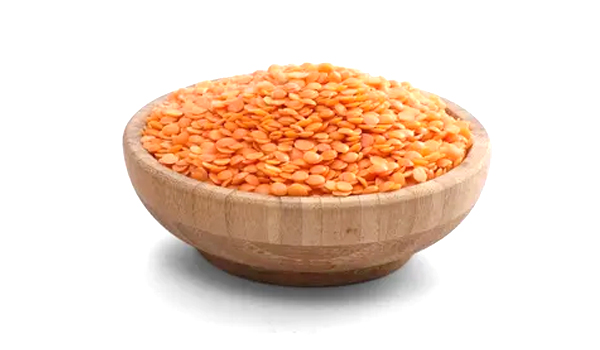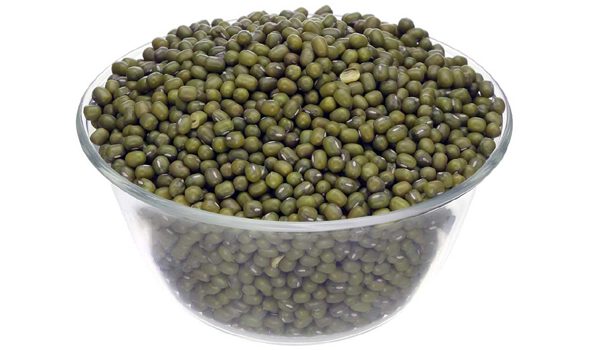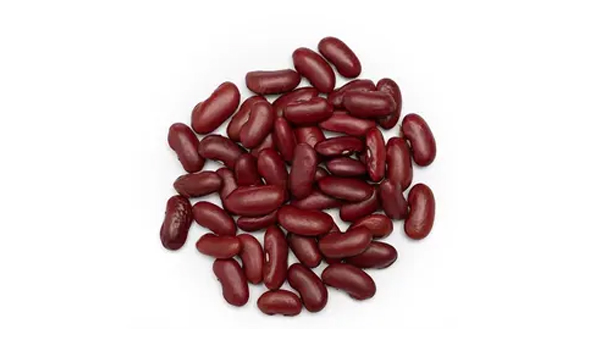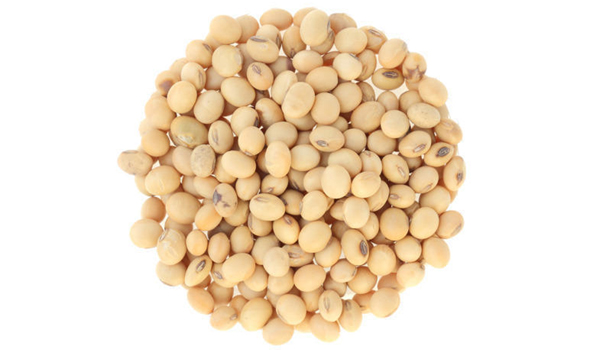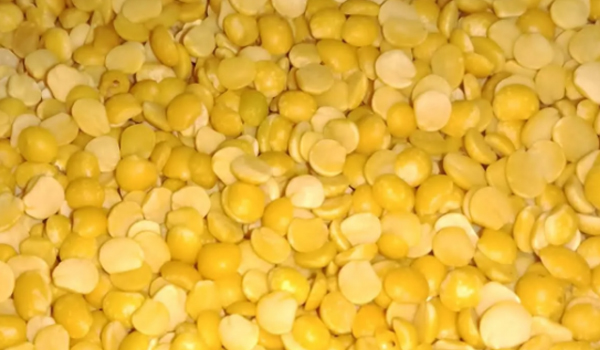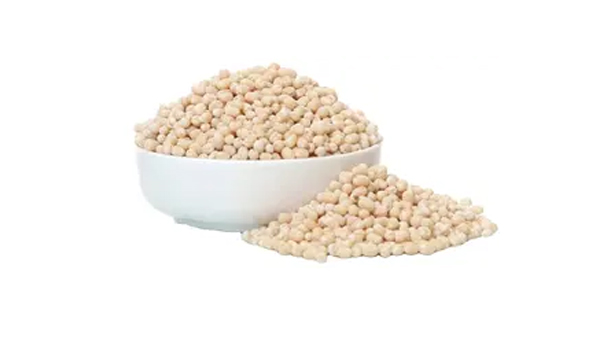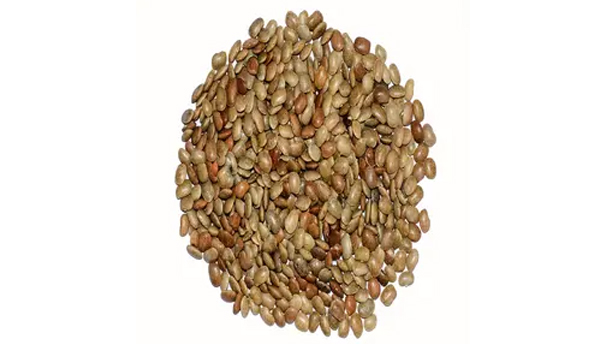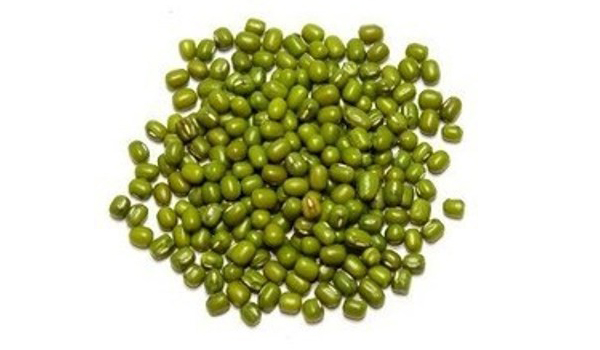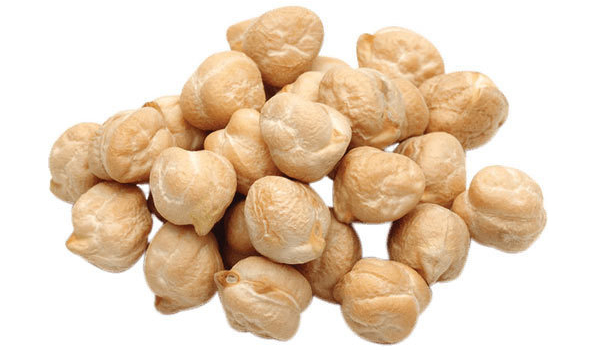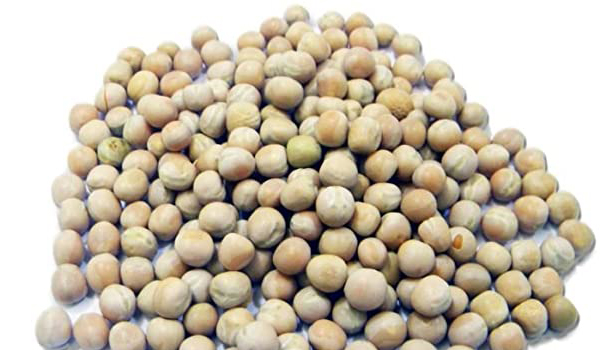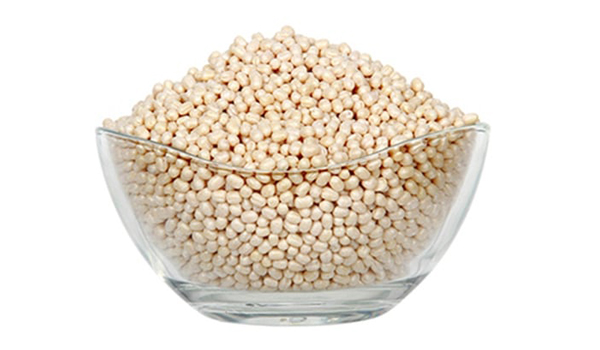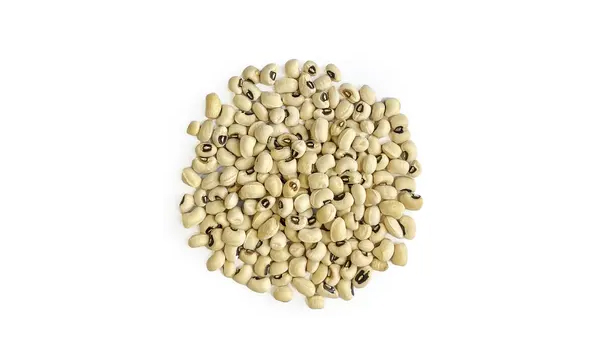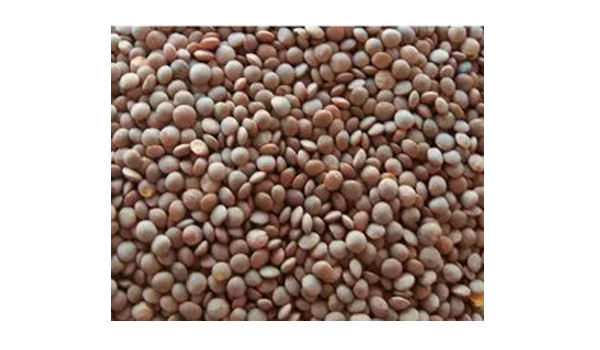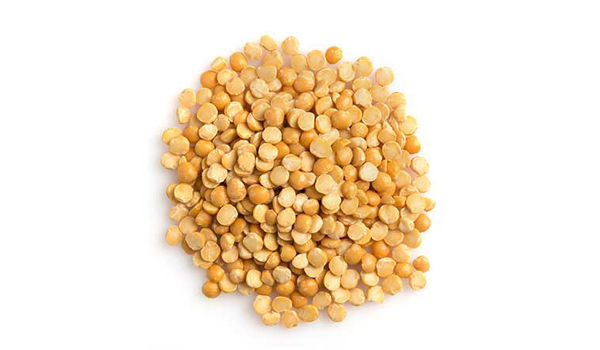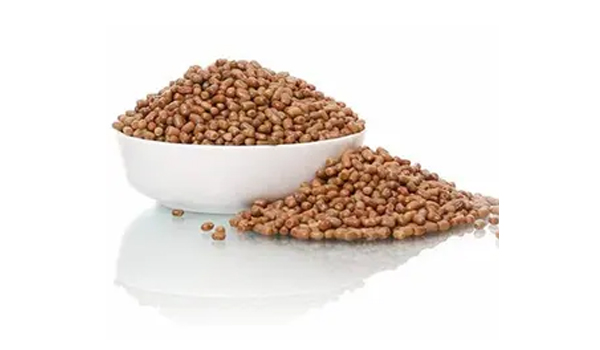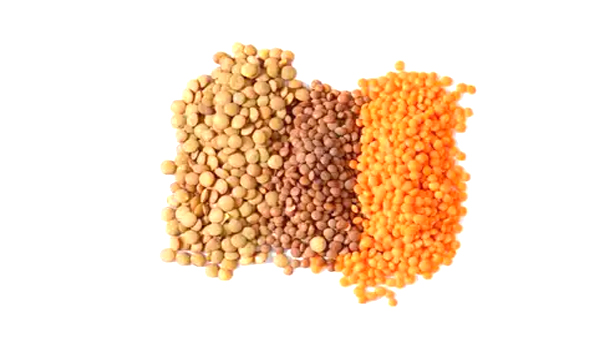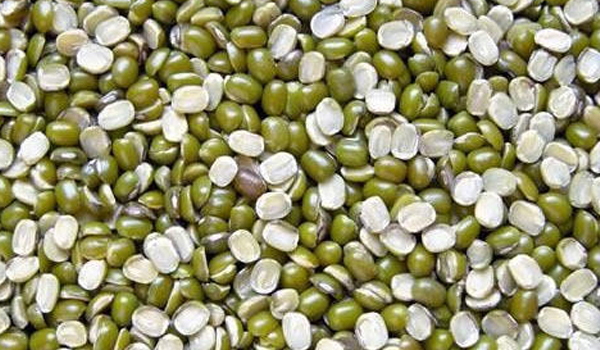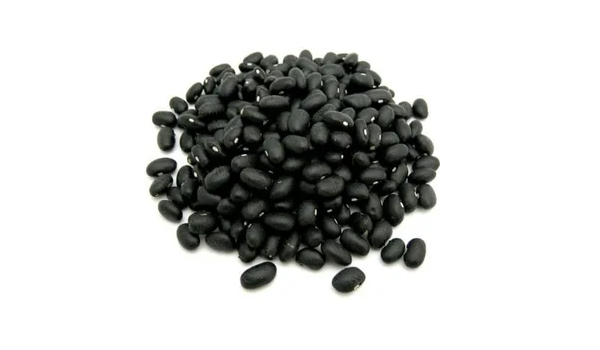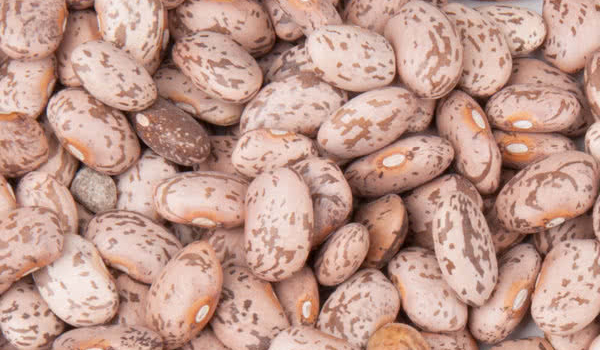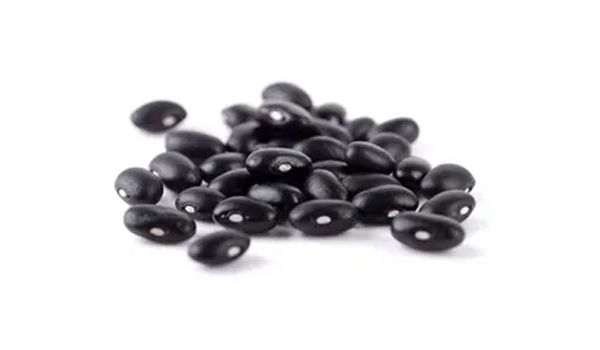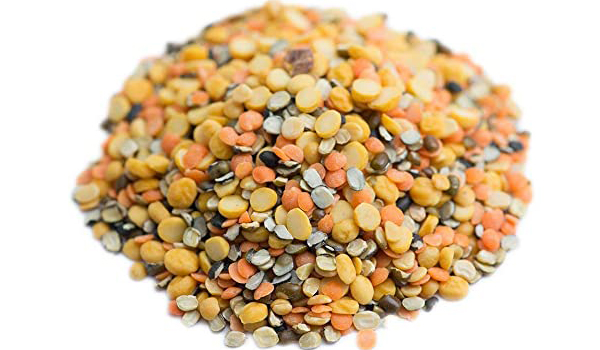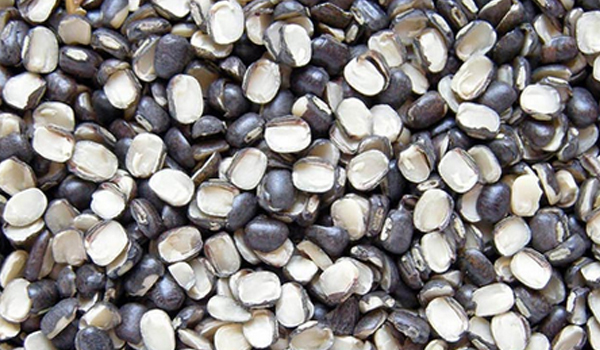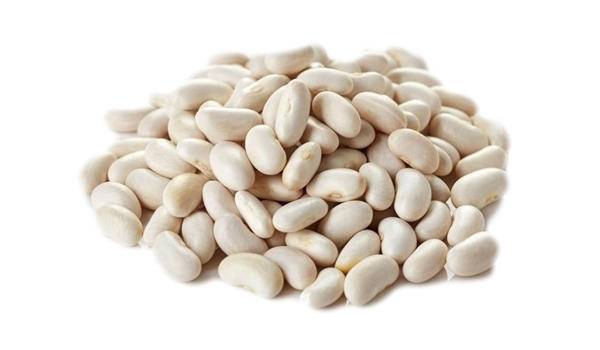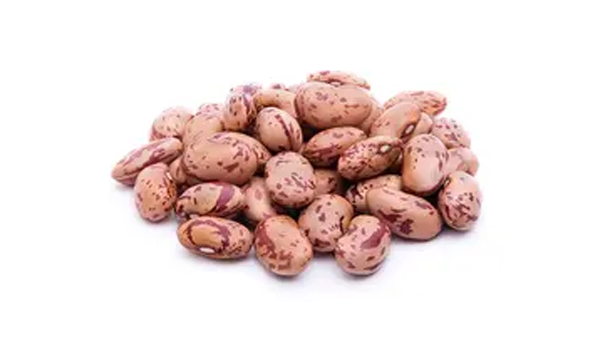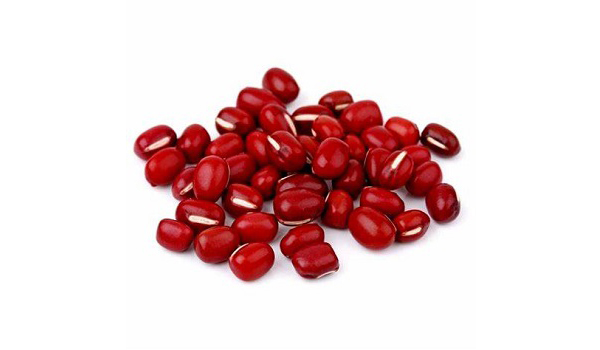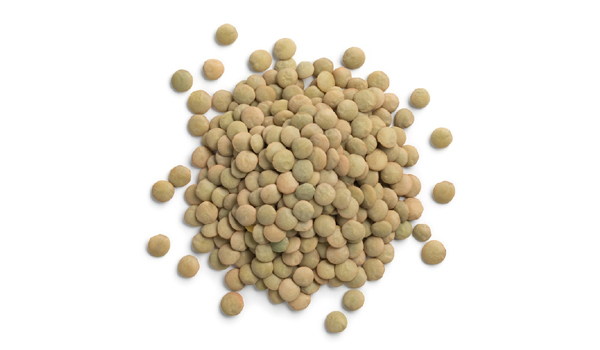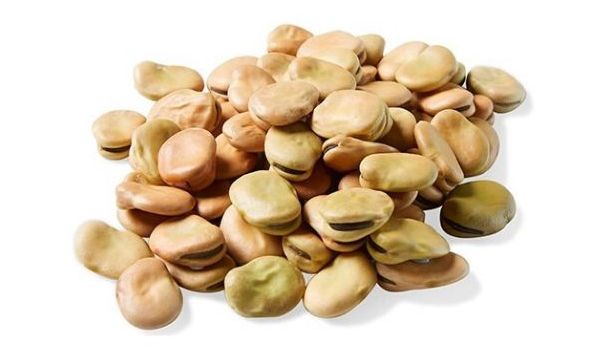Find best Pulses & Beans Suppliers for all your bulk order needs
We connect buyers to top Pulses & Beans Suppliers, helping both find the right match for their needs.
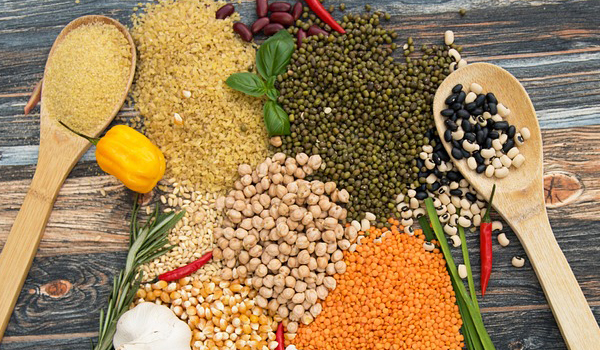
Browse Pulses & Beans products at wholesale price from the best Pulses & Beans suppliers
Looking for a supplier of Pulses & Beans at wholesale prices? Look no further! Post your requirements and get best deals on Pulses & Beans for your business from multiple Pulses & Beans suppliers.
Best Quality Toor Dal
Market Yard Gulab Bagh Purnia., Purnia, Bihar, 854204, India
Top Quality Masoor Dal
Market Yard Gulab Bagh Purnia., Purnia, Bihar, 854204, India
Premium Quality Chana Dal
Market Yard Gulab Bagh Purnia., Purnia, Bihar, 854204, India
High Quality Dried Chickpeas (Kabuli Chana)
Rameshwaram G Export Import Pvt Ltd
Almabhag, Lucknow, Uttar Pradesh, 226005, India
Export Quality Natural Soy Bean Grains
Rameshwaram G Export Import Pvt Ltd
Almabhag, Lucknow, Uttar Pradesh, 226005, India
JK Healthy Jeera Batis Rice
Price : Rs 175 / Kilogram
Jai Krishna Das Agrawal And Co.
K 46/18-19vrittkal Road Visheshwarganj, Varanasi, Uttar Pradesh, 221001, India
JK Healthy Basmati Rice
Price : Rs 210 / Piece
Jai Krishna Das Agrawal And Co.
K 46/18-19vrittkal Road Visheshwarganj, Varanasi, Uttar Pradesh, 221001, India
JK Healthy Rajma
Price : Rs 210 / Bag
Jai Krishna Das Agrawal And Co.
K 46/18-19vrittkal Road Visheshwarganj, Varanasi, Uttar Pradesh, 221001, India
JK Healthy Red Rajma
Price : Rs 195 / Bag
Jai Krishna Das Agrawal And Co.
K 46/18-19vrittkal Road Visheshwarganj, Varanasi, Uttar Pradesh, 221001, India
JK Healthy Kabuli Chana
Price : Rs 142 / Bag
Jai Krishna Das Agrawal And Co.
K 46/18-19vrittkal Road Visheshwarganj, Varanasi, Uttar Pradesh, 221001, India
JK Healthy Kala Chana
Price : Rs 81 / Bag
Jai Krishna Das Agrawal And Co.
K 46/18-19vrittkal Road Visheshwarganj, Varanasi, Uttar Pradesh, 221001, India
JK Healthy Sabut Moong Dal
Jai Krishna Das Agrawal And Co.
K 46/18-19vrittkal Road Visheshwarganj, Varanasi, Uttar Pradesh, 221001, India
JK Healthy Urad Daal
Price : Rs 134 / Bag
Jai Krishna Das Agrawal And Co.
K 46/18-19vrittkal Road Visheshwarganj, Varanasi, Uttar Pradesh, 221001, India
JK Healthy Arhar Dal
Price : Rs 145 / Bag
Jai Krishna Das Agrawal And Co.
K 46/18-19vrittkal Road Visheshwarganj, Varanasi, Uttar Pradesh, 221001, India
Nutritious non gmo organic soybeans
STANDARD FOCUS ROYALLERE INTERNATIONAL LIMITED
No. 1, LIMCA JUNCTION OFF ASA DAM ROAD, BABA ODE, ILORIN, KWARA STATE, ILORIN, KWARA STATE, 240222, Nigeria
Best Quality chickpeas
KULIMA HOUSE, Private Bag 9, Kasungu. Malawi, Kasungu, Malawi, +265, Malawi
European best grade NON GMO Soybean
KULIMA HOUSE, Private Bag 9, Kasungu. Malawi, Kasungu, Malawi, +265, Malawi
Dried Black Eye Vigna Bean
KULIMA HOUSE, Private Bag 9, Kasungu. Malawi, Kasungu, Malawi, +265, Malawi
Protein-Rich kidney beans
KULIMA HOUSE, Private Bag 9, Kasungu. Malawi, Kasungu, Malawi, +265, Malawi
Natural, Organic-Quality green laird lentils
KULIMA HOUSE, Private Bag 9, Kasungu. Malawi, Kasungu, Malawi, +265, Malawi
Splitting Machinery Yellow Lentils
KULIMA HOUSE, Private Bag 9, Kasungu. Malawi, Kasungu, Malawi, +265, Malawi
Mung Beans
KULIMA HOUSE, Private Bag 9, Kasungu. Malawi, Kasungu, Malawi, +265, Malawi
Black Lentils
KULIMA HOUSE, Private Bag 9, Kasungu. Malawi, Kasungu, Malawi, +265, Malawi
Red Lentil
KULIMA HOUSE, Private Bag 9, Kasungu. Malawi, Kasungu, Malawi, +265, Malawi
Pulses & Beans
Explore Pulses & Beans related category & post requirement to connect with Pulses & Beans related suppliers for your bulk order needs and get the best deal on high-quality Pulses & Beans related products at wholesale price.
Pulses & Beans:
Pulses are the edible seeds of plants that grow in pods and come in a variety of sizes, shapes and colors. This belongs to legume family.
There are 11 types of pulses that have been recognized by the United Nations Food and Agriculture Organization (FAO). These include dry broad beans, dry beans, chickpeas, pigeon peas, cow peas, dry peas, Bambara beans, lentils, vetches, lupins and pulses.
Pulses are crops that are harvested mainly as dry grains, which differentiates them from other vegetable crops that are harvested when they are green. Pulses are nutritious, healthy and easy to cook. Sustainable agriculture is promoted by growing pulses, as it help decrease greenhouse gases, increase soil health,
and use less water than other crops.
Bean is the seed of plants that belongs to the family Fabaceae. They are generally used as vegetables for human or animal food. They are used in many traditional dishes across the world in the form of boiling, frying, and baking.
The words pulse and bean or legumes are not always interchangeable as their usage varies by plant variety and by region. But, beans are often included among the crops called pulses or legumes. Usually, beans and pulses are reserved for grain crops. Those legumes that have tiny seeds and are used exclusively for non-grain purposes (forage, hay, and silage), such as clover and alfalfa are excluded.
Cultivation:
Beans are a summer crop and need warm temperatures to grow. Legumes need less fertilizer than most plants and are capable of nitrogen fixation. Typically, maturity is 55 to 60 days from planting to harvest. The bean pods turn yellow and dry up as they mature, and the beans inside change from green to their mature color.
Bean plants need external support as a vine, which may take the form of special poles or 'bean cages'. Beans are generally grown along with corn and squash by Native Americans, as the tall cornstalks act as support for the beans. These are the so-called 'Three Sisters'.
Bush bean has been developed in more recent times which does not require support and has all its pods develop simultaneously which makes the bush bean more practical for commercial production.
Nutritional Value of Beans:
Raw green beans contain 90% of water, 7% of carbohydrates, 2% of protein, and negligible fat. 31 calories of food energy can be provided with a 100 grams reference serving of raw green beans. These are a moderate source (10-19% of the Daily Value) of vitamin C (15% DV) and vitamin B6 (11% DV), with no other micronutrients in significant content.
Antinutrients In Beans:
Some types of bean like kidney bean contain significant amounts of antinutrients that prevent some enzyme processes in the body. The presence of phytic acid and phytates in grains, seeds, nuts and beans, may interrupt vitamin D metabolism and interfere with bone growth.
Health concerns of Consuming Beans:
- A harmful, tasteless toxin called the lectin phytohaemagglutinin is present in some kinds of raw beans, which must be removed by cooking.
- Although, red kidney beans are particularly toxic, but other types also have risks of food poisoning.
- Lectins are there in most of the beans, and kidney beans have the highest concentrations, especially red kidney beans.
- Severe stomachache, vomiting and diarrhoea can be a result of consuming raw beans.
- It is recommended to boil the beans for at least ten minutes before cooking to remove the toxin.
- However, toxins may not be destroyed without bringing them to a boil, in a slow cooker at a temperature well below boiling.
- Fermentation of bean can be done to improve the nutritional value of beans by removing toxins.
- Fermentation can improve the nutritional impact of flour from dry beans and improves digestibility.
- Beansprouts can be used as ingredients in cooked dishes, or eaten raw or lightly cooked.
- There can be outbreaks of disease from bacterial contamination, usually by salmonella, listeria, and Escherichia coli, of beansprouts if not thoroughly cooked.
- Consuming some type of beans including broad beans, navy beans, kidney beans and soybeans can cause flatulence and produces gases, such as methane as a byproduct. These beans contain oligosaccharides, particularly raffinose and stachyose, which is a type of sugar molecule that requires an anti-oligosaccharide enzyme to properly digest it. Consumed oligosaccharides are typically digested by bacteria in the large intestine as the digestive tract of human does not contain any anti-oligosaccharide enzymes. This digestion process produces flatulence.
Nutritional Value of Legumes:
About 3 cups of legumes a week is recommended by the U.S. Dietary Guidelines and 4 to 5 half-cup servings a week is recommended in the DASH Eating Plan of the National Heart, Lung, and Blood Institute as these are the source Of Protein, Folate, Iron, Phosphorus, Fiber (both insoluble and soluble), Polyunsaturated and monounsaturated fatty acids including linoleic and oleic acids.
Health Benefits of Legumes:
- Legumes when eaten as part of a balanced plant-rich diet may help prevent the development of various chronic diseases.
- It contains several beneficial components including fiber, folate, and phytochemicals that may benefit heart health.
- Unprocessed legumes are low in saturated fat and sodium.
- The risk factors for cardiovascular disease such as blood cholesterol and blood sugar can be reduced by the fibers in legumes.
- Eating legumes about four times weekly can reduce risk of coronary artery disease.
- Legumes may have anti-cancer effects because of the presence of the fiber, phytochemical, and mineral content.
- Zinc may improve immune function and decrease oxidative stress to cells.
- Selenium and phytic acid have been found to prevent the growth of tumors.
- Foods such as legumes containing dietary fibre decrease the risk of colorectal cancer.
- Most of the Legumes are rich in fiber, resistant starches, and non-digestible carbohydrates like oligosaccharides.
- Resistant Starch which are slowly digestible starch, does not get digested and enters the colon where it works similarly to fiber by promoting bulky stool and acting as a prebiotic food for good bacteria like Bifidobacteria.
- These bacteria create gas, which causes bloating and abdominal cramping in some people as they break down and form resistant starches and oligosaccharides. This side effect can be decreased by soaking dried beans for at least three hours and cooking them.
- These good bacteria support normal bowel function in long run and may reduce levels of cancer-causing compounds.
- A short-chain fatty acid called butyrate is created by these bacteria during fermentation that may be associated with the prevention of colorectal cancer.
- Legumes are beneficial in the prevention of diabetes as they have a low glycemic index, are high in fiber, and contain slow-digesting resistant starch.
- The dietary components of legumes may help promote weight loss. The protein as well as soluble and insoluble fiber content in legumes may increase feelings of fullness and modestly increase expenditure of calorie through thermogenesis. Total calorie intake can be reduced as only about 40% of fiber in a legume is broken down during digestion.
Indian kitchens will must have staple items such as toor dal, moong dal, urad dal and chana dal as it is an essential ingredient to add flavour, texture and nutritional value to our dishes. Pulses are used in a wide variety of food in Indian cuisine. Moong dal is extremely light and rich in protein. Toor dal takes lesser time to cook than the others. Pulses also include dried peas, chickpeas, and dried beans. Moong dal is considered as the healthiest among the dals. Dal is a split version of either lentils, peas, chickpeas (chana), kidney beans and more.
